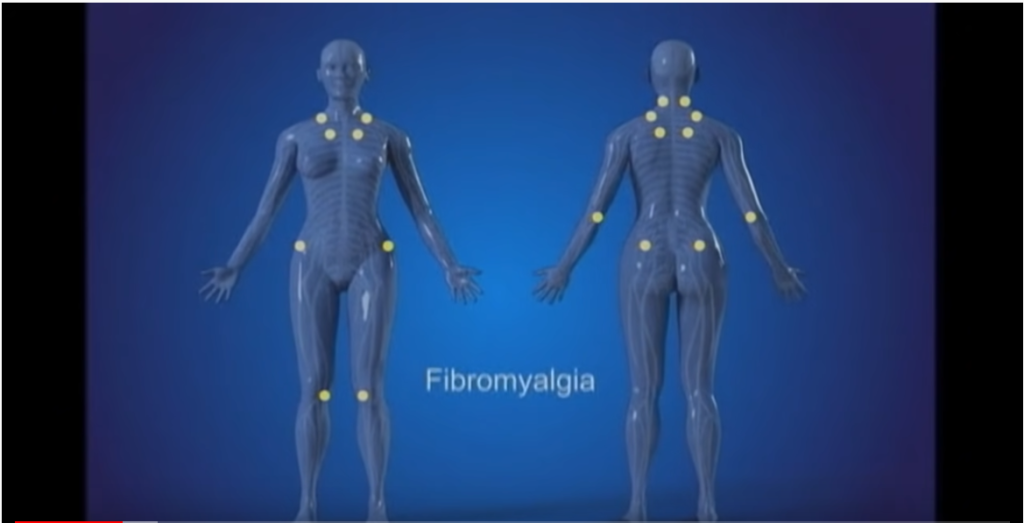Fibromyalgia is a disease with a prevalence of around 3% in population and that affects the world population in a similar way. Its limitations in treatment make new research on therapeutic alternatives necessary. This thesis presents the results of a series of cases that assess the effectiveness and tolerability of trazodone monotherapy and its association with pregabalin in the treatment of patients with this disease.
In its introduction, an update is made on fibromyalgia, its prevalence, etiopathogenic mechanisms, comorbidity, diagnostic criteria and therapeutic options.

In hypotheses and objectives, the choice of trazodone is argued, since it is a drug recommended for the disease by the “American Pain Society” and is also frequently used by patients, without studies that support its effectiveness in the disease. Second, the possibility of polytherapy as a treatment that allows a comprehensive approach to the disease and the reasons for evaluating the addition of pregabalin as a drug with potential synergistic effects, both from a clinical and pharmacodynamic point of view, were argued.
In material and methods, the inclusion and exclusion criteria are detailed and the schedule that the patients followed from the first interview is exposed, where the informed consent was signed, the withdrawal of drugs they were taking for the disease, as well as the dosage of each drug. , which was done sequentially, over a period of 12 weeks for each of them. Interviews were conducted every 2 weeks, to assess effectiveness, side effects and dose increase, and every six weeks the different tests were filled out that served to evaluate both the main variable (the Fibromyalgia Impact Questionnaire) and the secondary variables (sleep , pain, depression, anxiety and global quality of life) with different tests that measured these clinical characteristics according to the OMERACT (Outcome Measures in Rheumatology Clinical Trials) consensus. Statistical analysis was performed by intention to treat, to mitigate the effect of the losses and that these did not affect the external validity of the study, and included the analysis of the effect size to assess a more dynamic and clinical view of the changes obtained.
The results obtained in both phases of the study have been published separately in an international journal (BMC Musculoskeletal Disorders) in 2010 and 2011 respectively. Being among the articles with a high rate of downloads.
The study showed that trazodone produces a marked improvement in the sleep of patients with fibromyalgia, increasing its quantity and quality and reducing morning tiredness. It also acts on anxious and depressive symptoms and despite not acting directly on pain, patients find less interaction with it in their daily lives. It is concluded that trazodone is emerging as a possible therapeutic option to take into account in polytherapy for the disease, with drugs that have a complementary profile. However, given the appearance of tachycardia as a frequent and relevant adverse reaction, its use should be closely monitored, especially at the beginning of treatment. On the other hand, pregabalin associated with trazodone exerts a synergistic effect on the improvement of the disease, acting predominantly on pain, although it also exerts an effect on anxiety and depression. It is concluded that the combined pharmacological treatment could achieve better control of the disease over monotherapy, without implying a worsening of tolerability.